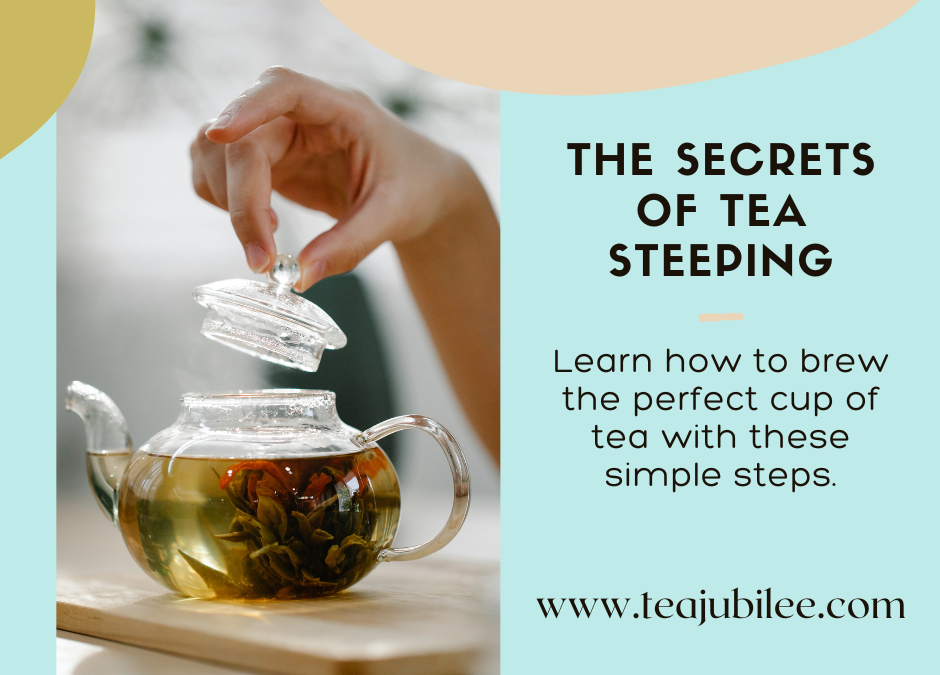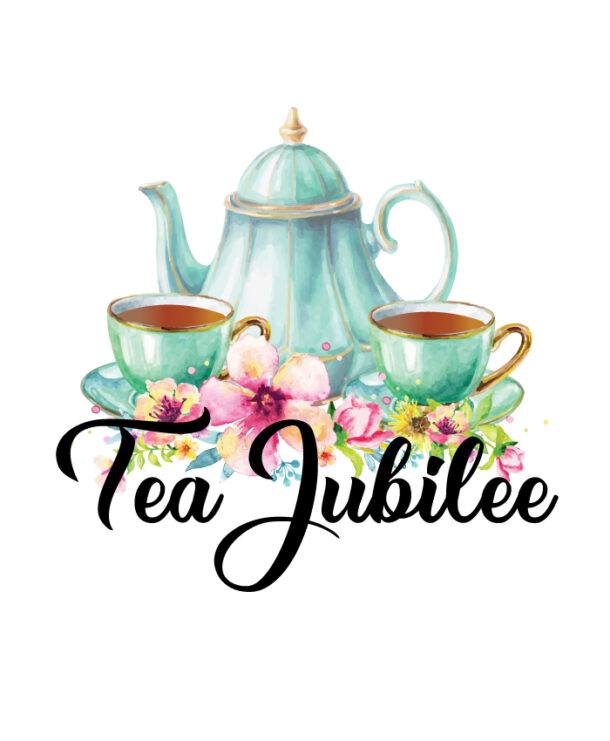==================
A Caveat and Affiliates
First off, a little caveat: within my articles you will find affiliate links, meaning if you buy them, I get a small commission. Your cost is not affected. In addition, I am an Amazon Associate and I earn from qualifying purchases on Amazon.
And yes, if I say that I recommend a product here, it means I truly believe it is a good product. I refuse to recommend any product that I have not researched and believe to be a good value.
Even better, I provide you with a very clear picture of the product, it’s use, and the probable value.
Earning your trust is important to me. I run this website myself and the commissions and donations help support the site.
Sound reasonable and fair enough? Let’s continue to the article.
==================
Contents
The Secrets of Tea Steeping: Comprehensive Guide to Different Methods
Are you new to learning about tea? We are glad you stopped by Tea Jubilee to learn about the Secrets of Tea Steeping. Keep reading our post to find out what we know about Steeping Tea.
Introduction to the Art of Tea Steeping
Tea steeping is more than a mere brewing process. It’s an exquisite art, a symbol of serenity, a journey into the depths of flavor and aroma, and a ritual that transcends cultures. This guide will take you through the complex yet calming world of tea steeping, helping you master this ancient art.
The art of tea steeping is all about precision and patience. Steeping involves soaking tea leaves or bags in hot water for a specific period to extract the tea’s flavor, aroma, and nutrients. Each element of the process – the water temperature, the steeping time, and the type of tea – plays a significant role in determining the taste and quality of the final brew.
Exploring the art of tea steeping is an adventure that invites you to discover the subtle nuances of different tea varieties. This journey is not just about reaching the destination – the perfect cup of tea – but also about enjoying the process, learning, experimenting, and ultimately mastering the art of tea steeping.
The Importance of Proper Tea Steeping
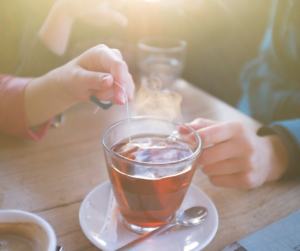
The importance of proper tea steeping is often underestimated. Yet, the steeping process brings out the unique character of each tea variety, revealing its distinct aroma, flavor, and color. A well-steeped tea can perfectly accompany a quiet morning, a soulful conversation, or solitude.
Proper tea steeping is also essential for extracting the maximum health benefits from your tea. Different types of tea contain various nutrients and antioxidants that can improve your health and well-being. The steeping process ensures that these beneficial compounds are effectively released into your brew.
Moreover, proper tea steeping can elevate your tea-drinking experience. It allows you to appreciate the complexity and richness of different tea varieties, fostering a deeper connection with this ancient beverage. It’s not just about making a cup of tea; it’s about embracing a tradition, a culture, and a way of life.
Basic Rules for Tea Steeping
The art of tea steeping may seem daunting initially, but it becomes pretty straightforward once you grasp the basic rules. Here are the fundamental principles that govern the tea-steeping process.
Firstly, always use fresh, high-quality, loose-leaf tea. Your tea’s quality significantly impacts your brew’s flavor and aroma. Choose organic, single-origin teas for a more authentic and enriching tea experience.
Secondly, pay close attention to the water temperature. Different types of tea require different water temperatures to bring out their best. For instance, green tea requires a lower temperature than black tea. Using too hot water can burn the tea leaves, leading to a bitter and unpleasant brew.
Lastly, be mindful of the steeping time. Oversleeping can make your tea taste bitter, while understeering can result in a weak, flavorless brew. Each type of tea has an optimal steeping time that maximizes its flavor and aroma.
Different Methods of Tea Steeping
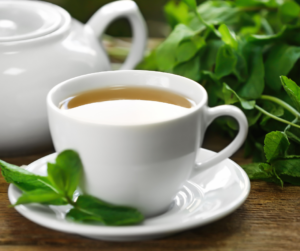
There are several methods of tea steeping, each with its unique characteristics and advantages. These methods range from traditional teapot steeping to modern infuser steeping. The Gaiwan steeping method is also deeply rooted in Chinese tea culture.
Teapot steeping is perhaps the most familiar method. It involves steeping loose-leaf tea in a teapot and serving it in teacups. This method is ideal for brewing larger quantities of tea and offers an excellent way to enjoy the communal aspect of tea drinking.
Infuser steeping, on the other hand, is perfect for single servings. It involves placing loose-leaf tea in a small infuser or tea ball and submerging it in a cup or mug of hot water. This method is practical, easy to use, and allows for more precise control over the steeping process.
The gaiwan method, which translates to “lidded bowl”, is a traditional Chinese method that involves steeping tea in a special bowl with a lid. This method is predominantly used for delicate teas like white and green tea and allows for multiple infusions, each revealing a different layer of the tea’s flavor and aroma.
How to Steep Tea Using a Teapot
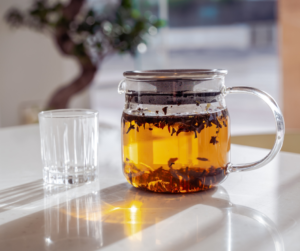
Steeping tea using a teapot is a traditional method that offers an optimal balance between convenience and quality. Here’s a step-by-step guide on how to do it.
First, preheat your teapot by rinsing it with hot water. This will ensure that your tea stays hot for a longer time. Next, add your loose-leaf tea to the teapot. A good rule of thumb is to use one teaspoon of tea per cup of water.
Boil your water to the correct temperature for the tea you’re brewing. Once the water is ready, pour it over the tea leaves in the teapot. Cover the teapot and let the tea steep for the appropriate time.
When the steeping time is up, pour the tea through a strainer into your cups. This will separate the tea leaves from the liquid, preventing oversteeping. Now, your perfectly steeped tea is ready to be enjoyed.
How to Steep Tea Using an Infuser
Steeping tea using an infuser is a modern, convenient method for single servings. Here’s how you can steep tea using an infuser.
Place your loose-leaf tea into the infuser. Remember, the tea leaves need enough space to expand and release their flavor, so don’t overfill the infuser. Place the infuser in your cup or mug.
Heat your water to the right temperature for your tea type. Pour the hot water over the infuser, ensuring that all the tea leaves are submerged. Allow the tea to steep for the required time.
After steeping, remove the infuser from the cup. Rest it on a saucer or a tea bag to prevent drips. Your perfectly steeped cup of tea is now ready to be savored.
The Art of Steeping Tea in a Gaiwan
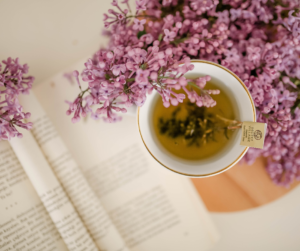
Steeping tea in a gaiwan is a traditional Chinese method that offers an immersive, sensory tea experience. Here’s how to steep tea using a gaiwan.
Place your loose-leaf tea in the gaiwan. The amount of tea you should use depends on the type of tea and your personal taste preference. Heat your water to the appropriate temperature for your tea.
Pour the hot water into the gaiwan, filling it to the brim. Allow the tea to steep for the required time. After steeping, hold the lid at a slight angle to create a small gap. Pour the tea into a cup or a sharing pitcher through this gap, leaving the tea leaves in the gaiwan.
One charm of gaiwan steeping is that it allows for multiple infusions. You can steep the same leaves several times, revealing a new flavor and aroma depth.
Tea Steeping Times and Temperatures for Different Types of Tea
The steeping time and temperature can significantly affect the taste and quality of your tea. Here are the optimal steeping times and temperatures for different types of tea.
Black tea should be steeped for 3-5 minutes at 200-212 degrees Fahrenheit. Green tea requires a shorter steeping time of 2-3 minutes and a lower temperature of 160-180 degrees Fahrenheit.
Oolong tea should be steeped for 3-5 minutes at 180-200 degrees Fahrenheit. White tea requires a longer steeping time of 4-5 minutes and a slightly lower temperature of 175-185 degrees Fahrenheit.
Herbal tea, however, has a broad range of steeping times and temperatures, depending on the specific herbs used. Most herbal teas can be steeped for 5-7 minutes at 200-212 degrees Fahrenheit.
Common Mistakes in Tea Steeping and How to Avoid Them
Despite its apparent simplicity, tea steeping is a process prone to mistakes. Here are some common tea steeping blunders and how you can avoid them.
One common mistake is using water that’s too hot or too cold. This can lead to a bitter or weak tea. Always use water at the correct temperature for your tea type to avoid this mistake.
Oversteeping or understeering is another standard error. Oversteeping can make your tea taste bitter, while understeeping can leave it flavorless. Always steep your tea for the right amount of time to achieve the perfect balance of flavor.
Using low-quality tea is another mistake that can compromise the taste and quality of your brew. Always use high-quality, fresh, loose-leaf tea for the best results.
The Best Tools for Tea Steeping
The right tools can make the tea-steeping process more efficient and enjoyable. Here are some of the best tools for tea steeping.
A good-quality teapot is a must-have for any tea lover. Choose a teapot made of a material that retains heat well, such as porcelain or glass.
An infuser or a tea ball is a practical tool for single servings. Look for an infuser with small holes preventing tea leaves from escaping your cup.
A gaiwan is an essential tool for those who want to experience the traditional Chinese method of tea steeping. Choose a gaiwan that’s made of high-quality porcelain for the best results.
A tea thermometer and a timer are valuable tools for ensuring the right steeping temperature and time.
Conclusion: Mastering the Art of Tea Steeping
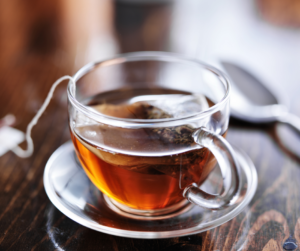
Mastering the art of tea steeping is a rewarding journey that enhances your tea-drinking experience and deepens your appreciation for this ancient beverage.
By understanding the importance of proper tea steeping, learning the basic rules, exploring different steeping methods, and using the right tools, you can unlock the full potential of your tea and create a brew that’s perfectly balanced in flavor, aroma, and nutrients.
Whether you’re a tea connoisseur or a casual tea drinker, this comprehensive guide offers valuable insights and practical tips to help you refine your tea-steeping skills and discover the true beauty of this timeless art. So, why wait? Start your tea-steeping journey today and immerse yourself in the mesmerizing world of tea.
More From Tea Jubilee.
Tea Rituals from Around the World
How to steep tea the right way.
And that’s all for today! Thank you for taking the time to learn about The Secrets of Tea Steeping; feel free to stop by soon to learn from us again. Have a great day!


